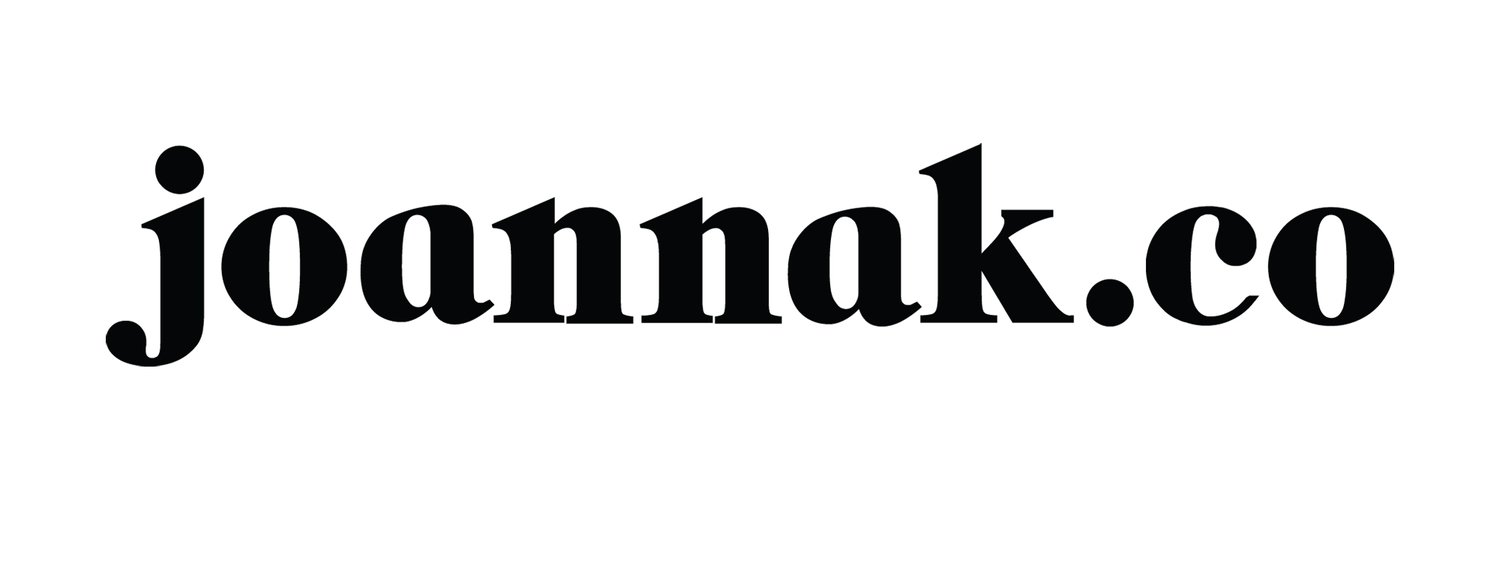On consistency in branding.
Often, when branding is mentioned, the word "consistency" appears on the list as one of the key ingredients of a successful brand. Consistency creates a reassuring pattern and a sense of familiarity. It also allows you to control your image and narrative.
We are more likely to buy from people or brands we know than to risk disappointment by trying out something new. We might hold off on the purchase until others try and report back to us. That is why brands often employ known people who already have the trust of a vast following to promote their wares.
This repetition in how you present yourself—in your style and the way you speak to your audience—builds trust. People know what to expect, and that’s reassuring. Being consistent means that you can be trusted to apply the same attention to the product or service you sell. It also makes your brand immune to all media fads. That equates to you not just engaging in trends but setting them. And whatever you send out to the world will be organic to you and meaningful to your audience.
Additionally, consistency is also a way for you as a brand to control how people talk about your brand when you are not in the room. To give you an example, when I say "Tesco...," you immediately (if, of course, you live in the UK) can finish the sentence with "every little helps." I am pretty sure that you didn’t learn that by heart out of sheer love for their stores but because this short sentence is a constant companion of any message that they broadcast to the outside world (and to the internal team as well).
There’s a ton of noise on every communication channel, and it’s tempting to overthink how we send our message out there. But marketing isn’t just about throwing things at a wall and hoping something sticks. That’s giving your brand’s power away.
The real trick to staying relevant is to stay true to your brand. Keep your promises and consistently deliver a great experience. That’s how you stand out and build a lasting connection with your audience.


